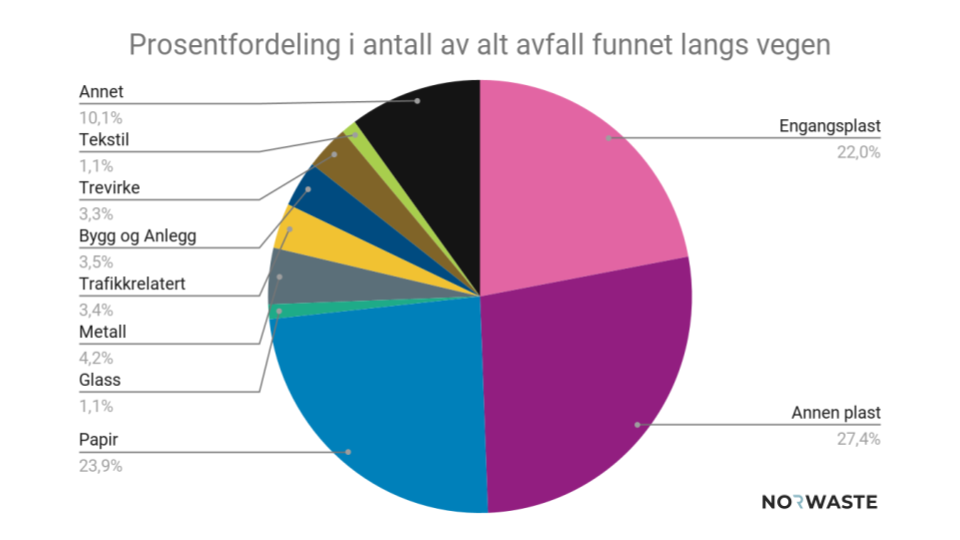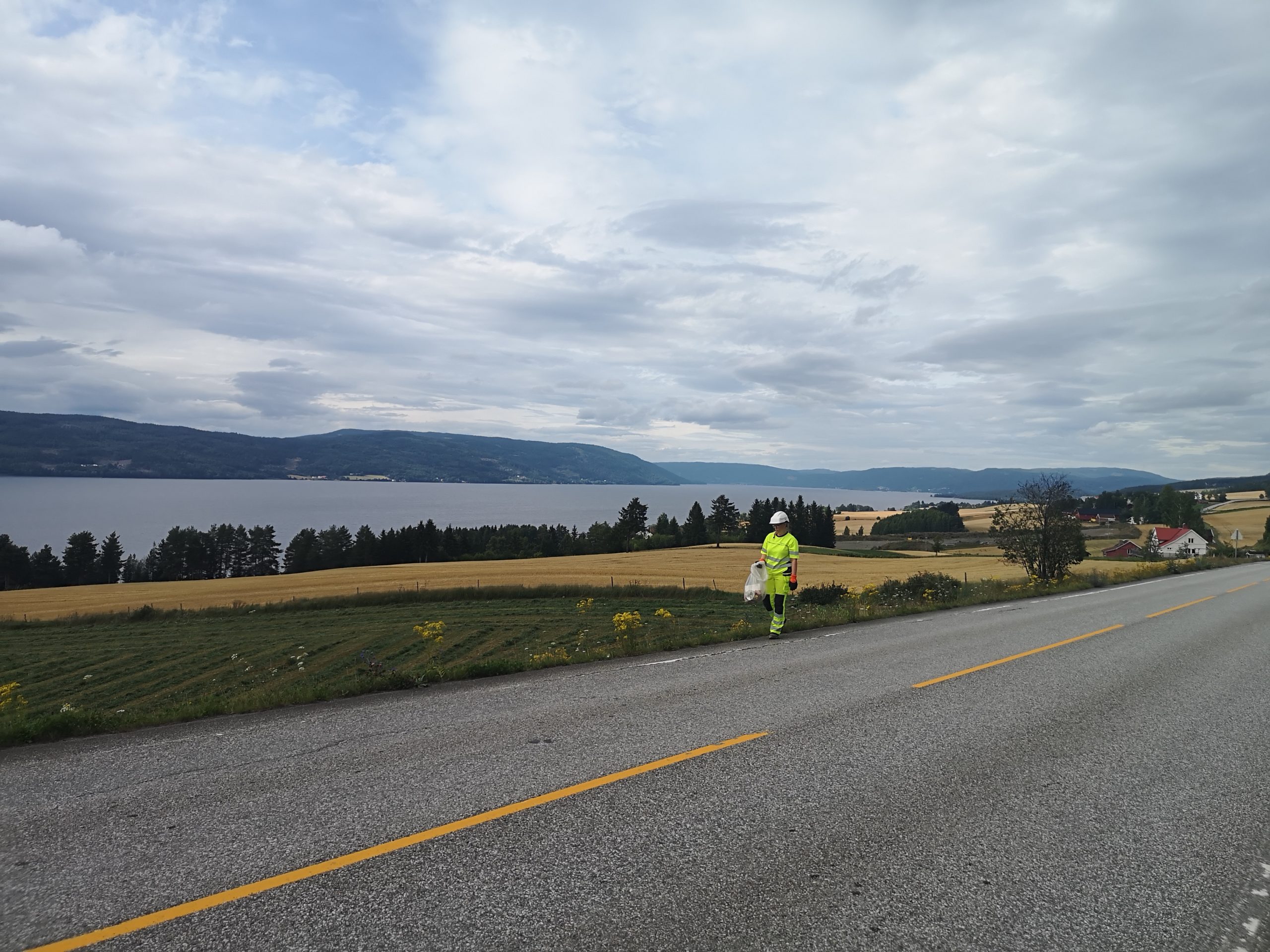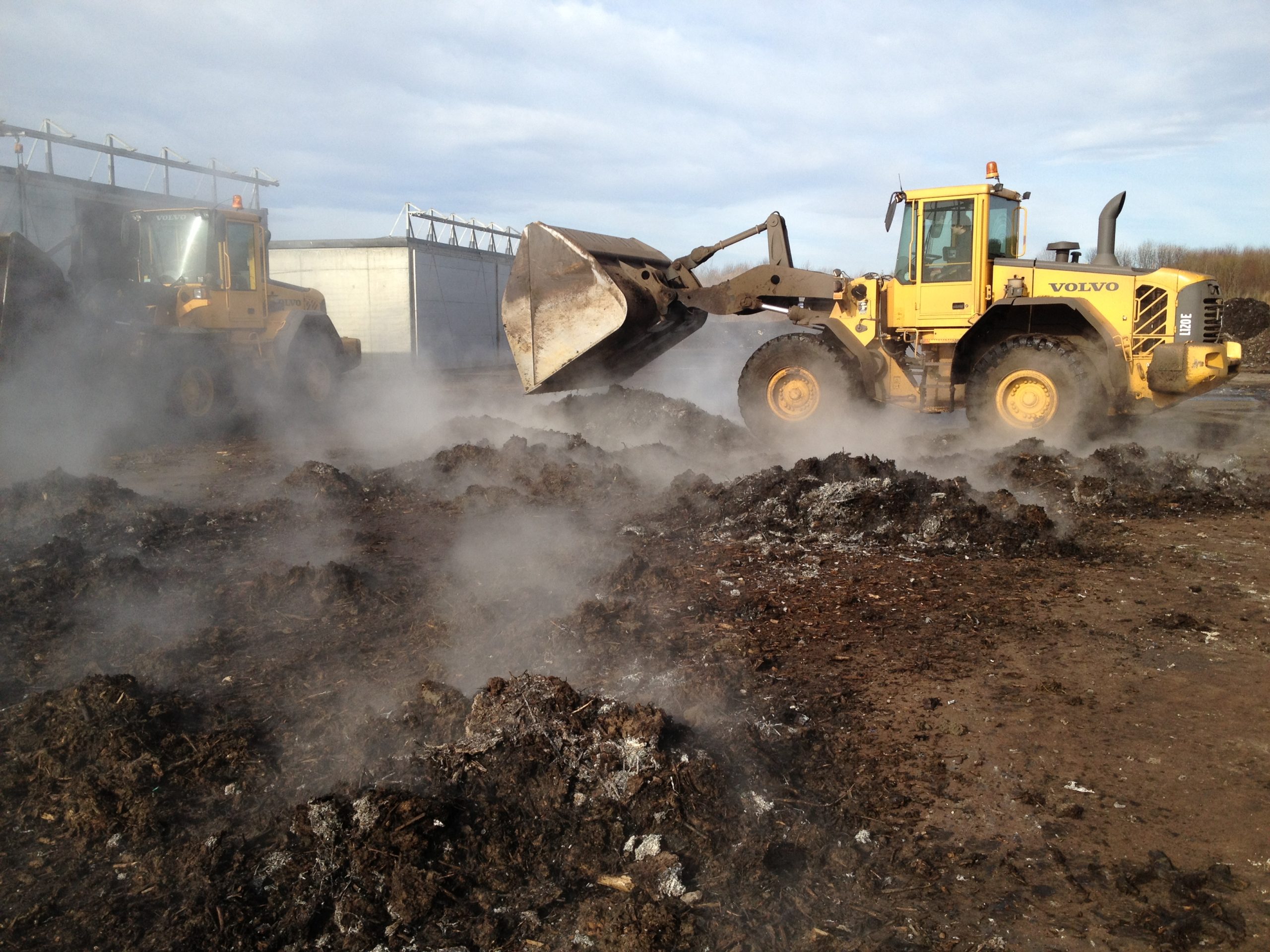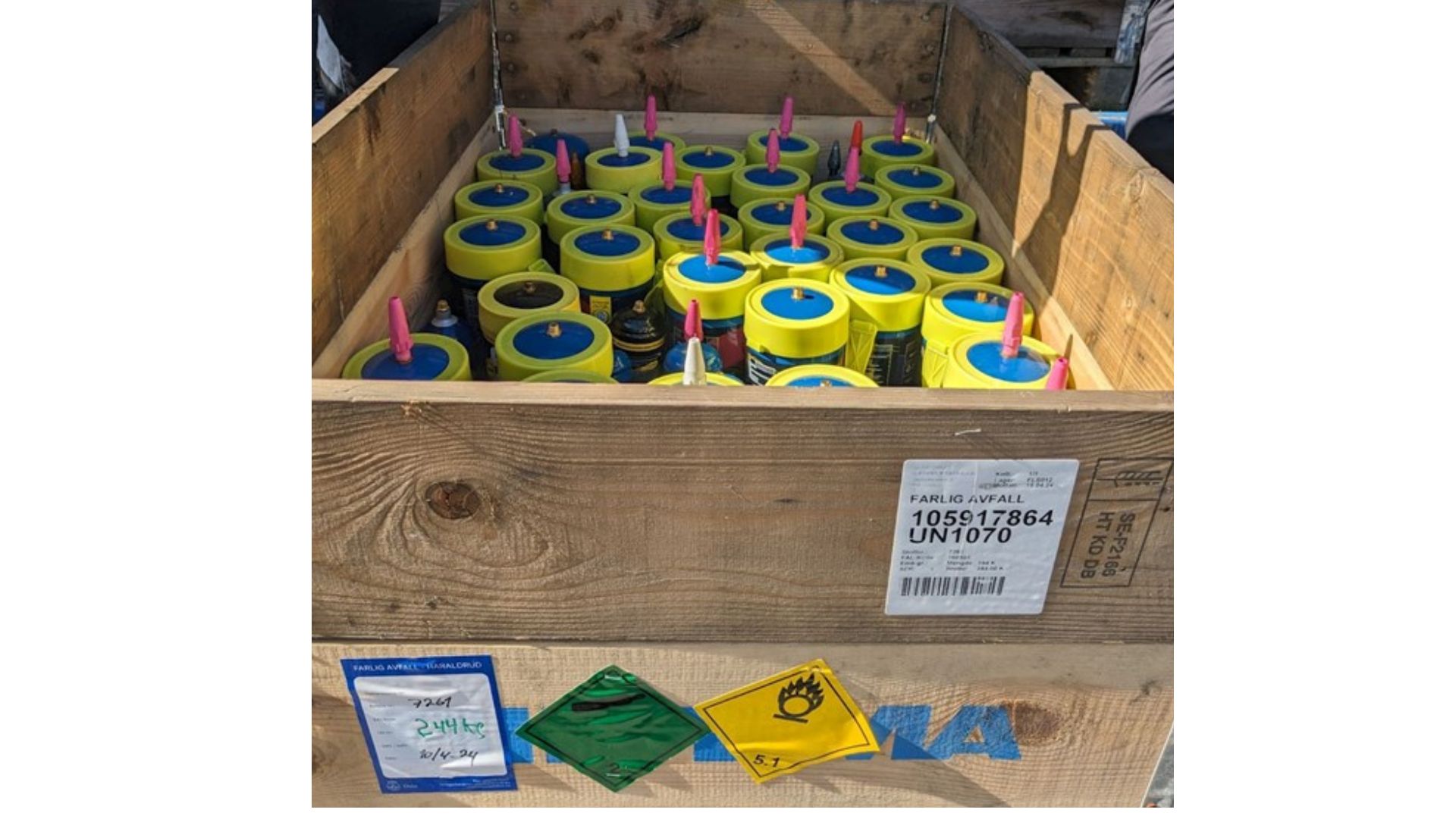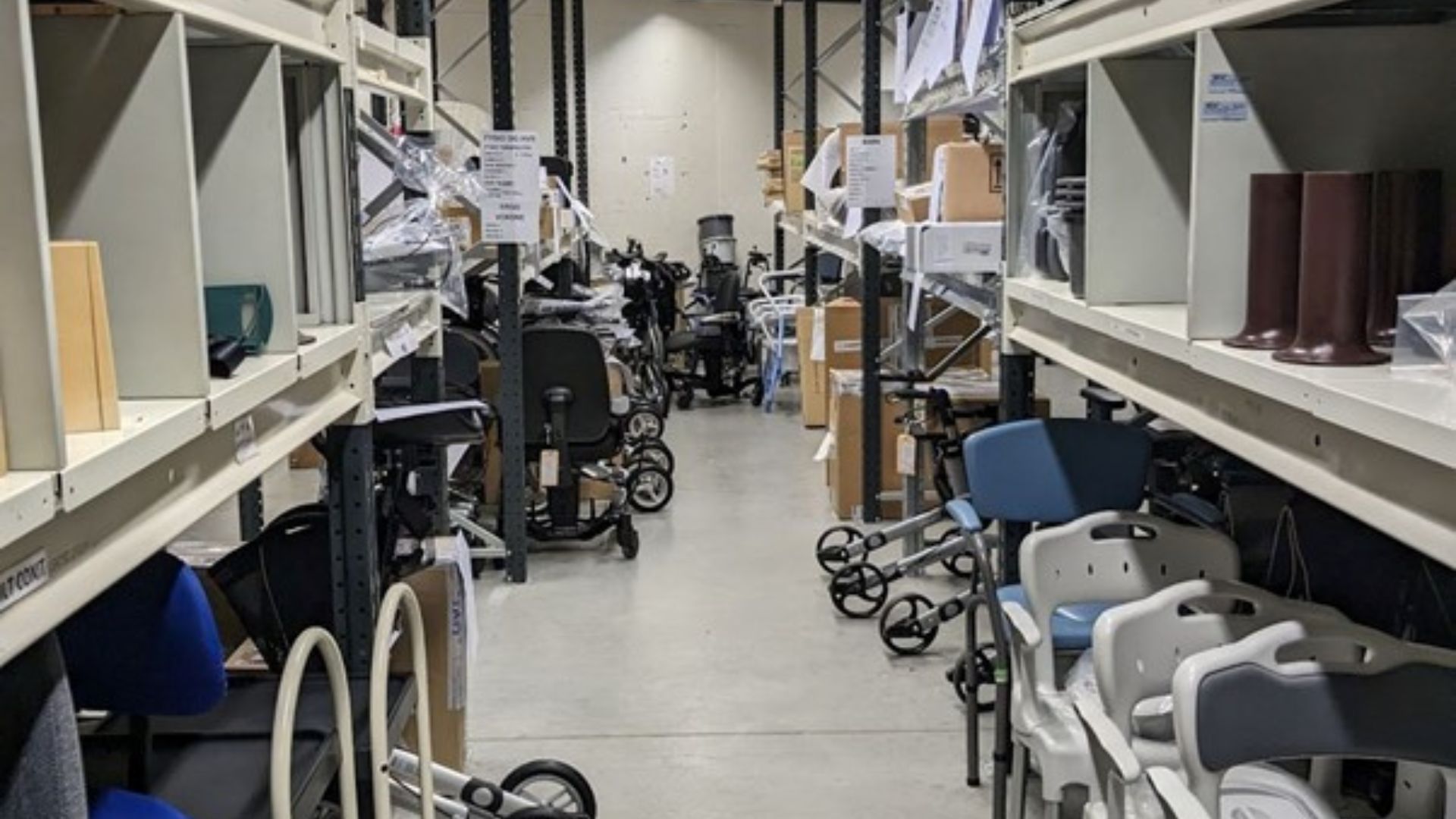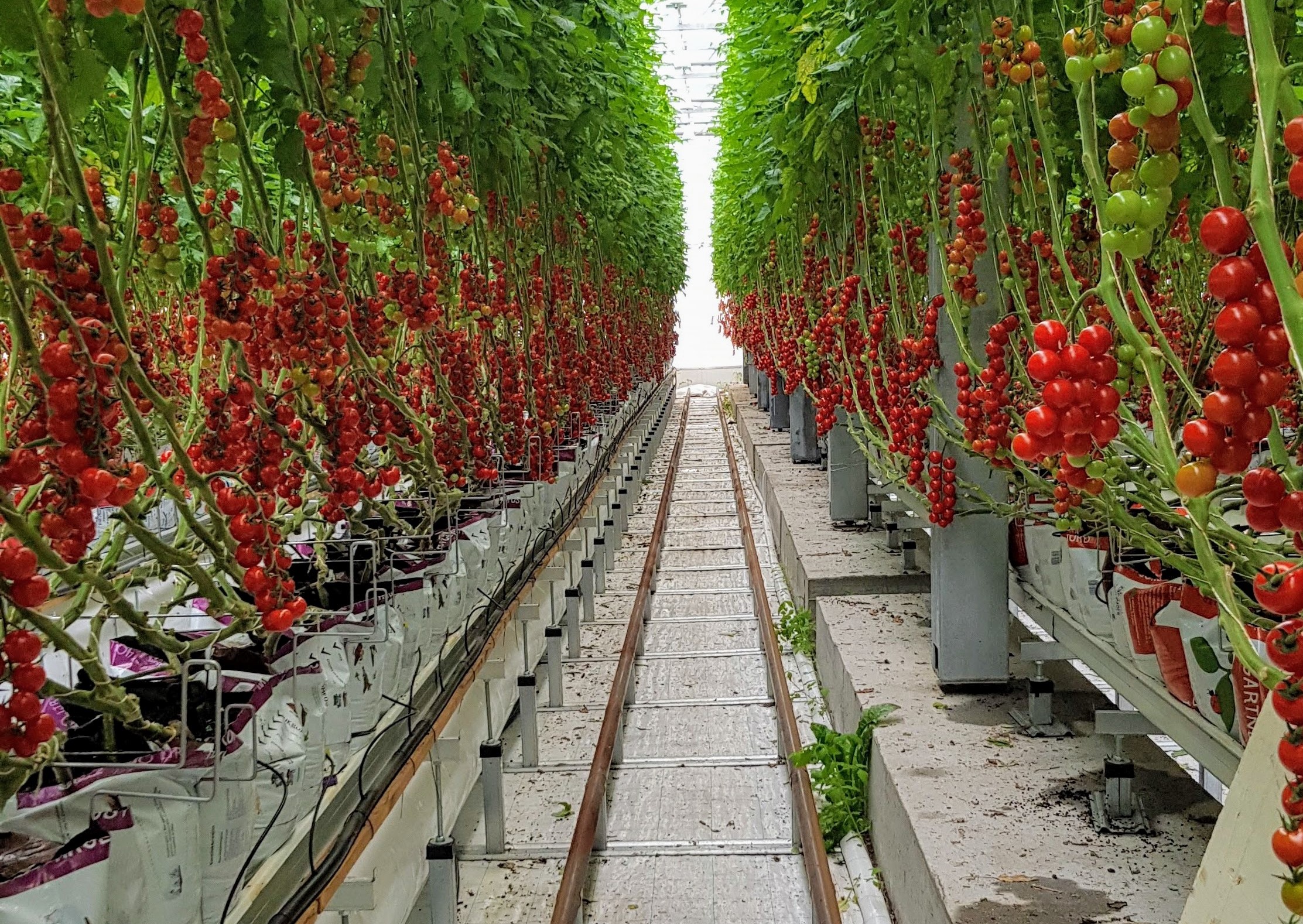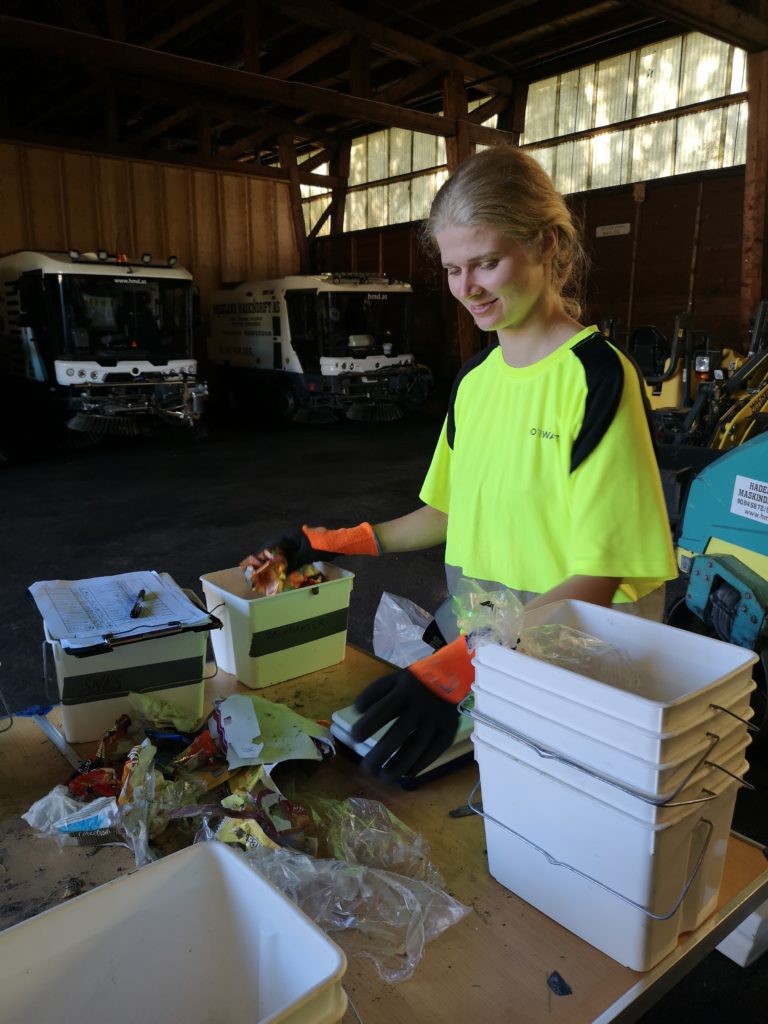
Norwaste's work is published in the magazine kommunalteknikk , 4/2022 page 42. The article can be read HERE (only in Norwegian). Below is a summary of what is in the article.
Litter along the road on 3 different paths was measured every four weeks between May and August. The waste was sorted and weighed in more than 40 different categories. The result shows us what is littered along the road network, and how much litter is added over time. By taking traffic frequency into account, the results can be aggregated to an estimate of littering in the entire county.
The results from the survey in the summer of 2022 show that approximately 3.2 million objects, equivalent to 50 tonnes litter the roads in Innlandet county annually. The figure below shows the distribution of the waste from the analyses.
Why is it littered?
The paths were carefully selected to understand more of the context of why it is littered. In order to exclude litter from people other than motorists, paths without pavements, footpaths and cycle paths were selected. Two of the paths are close to a destination, while one section was in a more crowded area. Measured in number, 35 per cent of the waste was related to take away packaging. Waste related to road and vehicle maintenance accounted for eight percent and tobacco packaging was seven percent of the litter. It is difficult to say exactly how and why the waste has ended up on the way, it can be deliberately thrown or unconsciously lost, for example by falling off a loading platform, blowing away through open windows or similar. It is believed that most of the waste that ended up along the road was deliberately thrown away.
Banana peels and food scraps were also observed. Food waste can increase the risk meeting wild animals and create dangerous situations. Some people are often not aware of this, and throw it out the window in the good faith that it is organic and biodegrade in nature.
